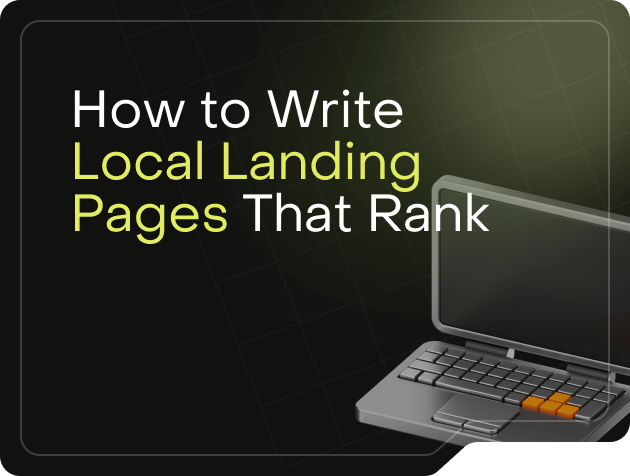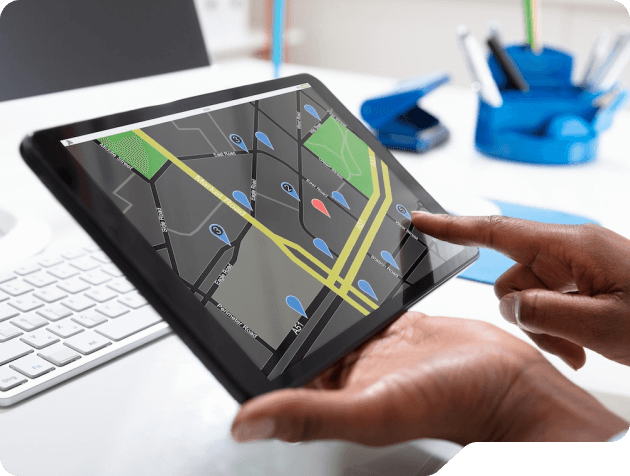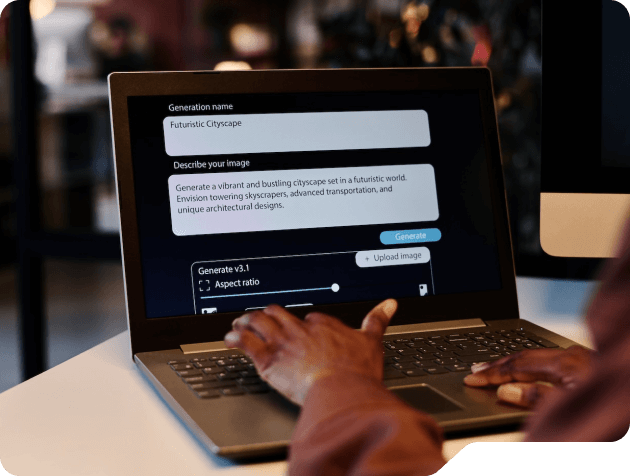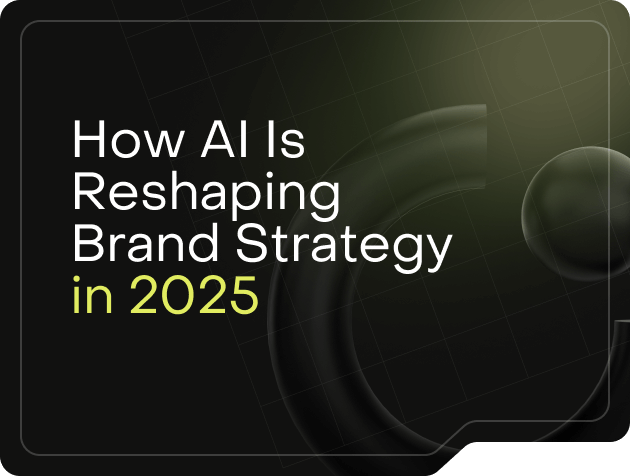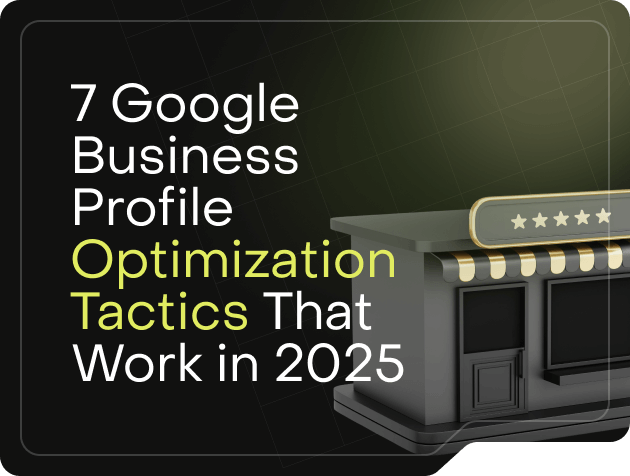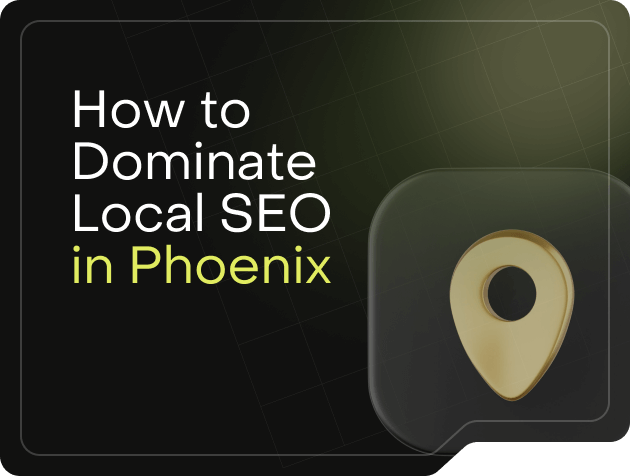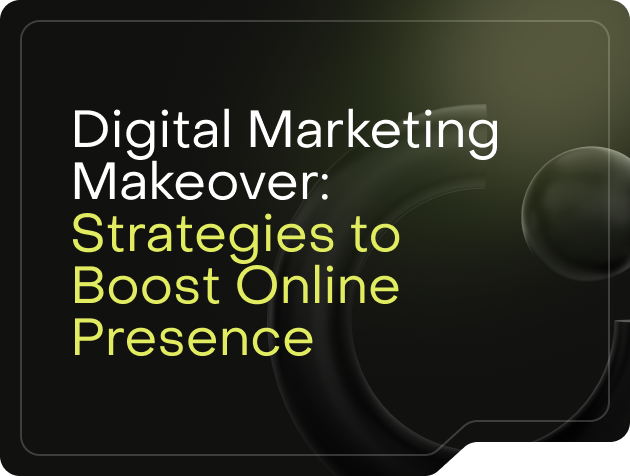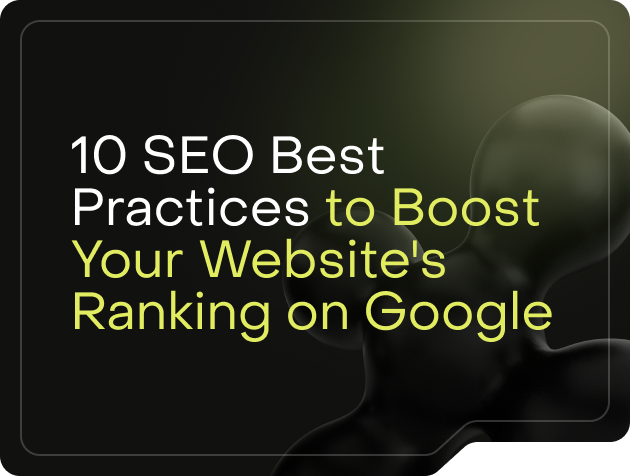On search engines like Google, where countless websites compete for attention, one truth remains paramount: visibility is critical.
However, simply having an online presence isn’t sufficient; your website must distinguish itself among the multitude and entice potential visitors.
That’s where SEO steps in — as your trusted ally in the digital realm, guiding your website through the complex maze of search engine algorithms. By mastering the best practices of SEO, you can enhance your website’s visibility and draw in more visitors.
Let’s uncover the essential SEO practices to boost your website’s ranking on Google and pave the way for greater online visibility and success.
Understanding SEO
SEO, or search engine optimization, boosts your website’s visibility on search engines like Google. Optimizing your site helps it rank higher in search results, increasing the likelihood that potential visitors will discover it.
The main objective is to attract organic (non-paid) traffic to your site by enhancing its appeal to search engines. SEO includes strategically using keywords, ensuring a well-structured website, and providing high-quality content. Each element is crucial in how search engines perceive and rank your website.
As search engine algorithms constantly evolve, SEO requires continuous attention and adaptation. Keeping up with these changes is essential for maintaining and improving your website’s ranking.
10 Best SEO Practices
-
Focus on User Intent
Understanding user search intent is fundamental for effectively tailoring content to meet your target audience’s needs and preferences. Search intent represents the motivation behind a user’s online search query.
Consider the various types of search intent:
- Informational: Users seek information or answers to specific questions. They may search for “how-to” guides, tutorials, or explanations of concepts.
- Navigational: Users look for a specific website or webpage. They may enter brand names or particular URLs into the search bar.
- Transactional: Users intend to complete a transaction, such as purchasing or signing up for a service. They may search for product reviews, comparisons, or specific product names.
- Commercial: Users research products or services to purchase in the future. They may compare prices, read reviews, or seek recommendations.
Each type requires a different content approach. Suppose you own an online store specializing in athletic footwear, including running shoes. You notice an increase in searches for “durable running shoes for trail running.” Recognizing the user intent behind this query — to find durable running shoes designed for trail conditions — you can adjust your content strategy accordingly.
In response, you might create a blog post titled “Top 10 Durable Trail Running Shoes for Outdoor Enthusiasts.” Each shoe recommendation could include detailed descriptions, key features, and customer reviews to help users make informed purchasing decisions.
By addressing your target audience’s specific needs and queries, you attract more qualified traffic to your website and position your store as a trusted source for trail-running footwear.
-
Optimize for Keywords
Enhancing your website’s visibility and Google ranking hinges greatly on keyword optimization. Intentionally weaving relevant keywords into your website’s content communicates to search engines that your site offers valuable information tailored to users’ search queries.
Here’s how keyword optimization helps boost your website’s ranking on Google:
- Improved Relevance: When your website features keywords that match what users are searching for, search engines are more likely to show it in relevant search results. For instance, if someone searches for “best sourdough bread NYC,” and your bakery’s website is optimized for that keyword, Google is more inclined to display your site in the search results.
- Enhanced Authority: Keyword optimization improves your website’s visibility and establishes your authority in your industry or niche. When your website consistently ranks highly for relevant keywords, it reinforces the perception that it is a trustworthy source of information, products, or related services.
- Increased Organic Traffic: Improved rankings in search results lead to increased organic traffic to your website. Optimizing your website for relevant keywords increases the chances of securing these prime positions and attracting more visitors.
- Better User Experience: Keyword optimization isn’t just about pleasing search engines; it’s also about creating a better experience for your website visitors. Incorporating relevant keywords into your content makes it easier for users to find the information they seek, leading to higher engagement and satisfaction.
Keyword optimization is a best practice for boosting your website’s ranking on Google because it enhances relevance, authority, organic traffic, and user experience. Strategically embedding keywords within your content improves your prospects of securing higher positions in search results and drawing more visitors to your website.
-
Create High-Quality Content
High-quality content isn’t just about impressing search engines; it’s about connecting with real people. Consider your website a welcoming space where visitors seek answers, solutions, or engaging reads.
When someone finds your content helpful or inspiring, they will likely share it with others. They might link back to it from their own websites or recommend it on social media. These inbound links and social signals are crucial indicators of your content’s value and relevance, contributing significantly to your website’s search engine ranking.
As more websites link back to your content and users share it within their networks, your website gains prominence in search engine algorithms, boosting its visibility and traffic.
Creating a steady stream of high-quality content tailored to your audience’s interests and needs helps position your website as a trusted authority within your industry or niche. This, in turn, boosts your website’s authority.
-
Optimize Title Tags and Meta Descriptions
Crafting engaging title tags and meta descriptions is a crucial yet often underestimated aspect of SEO that can significantly influence your website’s ranking on Google.
The title tag is the clickable headline, while the meta description is a short summary below the title. Both should be optimized to include relevant keywords, provide an accurate content description, and encourage users to click through to your site.
For example, if you run a travel blog focused on European destinations, an optimized title tag might be: “Guide to Traveling Europe on a Budget – Top Tips & Destinations.” The corresponding meta description could read: “Discover the best tips for budget travel in Europe. Plan your perfect European adventure without breaking the bank.”
Engaging title tags and meta descriptions can improve your click-through rate (CTR). A captivating title and description make your listing appealing in search results, increasing the chances of users clicking on your link. This enhances your visibility on search engines and draws more genuinely interested visitors to your content, increasing organic traffic to your website.
-
Optimize Images and Media
Optimizing images and media is a pivotal SEO best practice for elevating your website’s performance on Google. It involves several key steps aimed at enhancing user experience, improving accessibility, and signaling relevance to search engines.
One fundamental aspect of image optimization is compressing image files to reduce size without compromising quality. Using large media files can result in slower page loading speeds, harming user experience and your website’s ranking in search engine results.
Selecting the correct file format for your images is vital to mitigate this issue. Standard formats like JPEG, PNG, and WebP each have their strengths, with JPEG being ideal for photographs and PNG better for transparent images.
Another important aspect of SEO is adding descriptive alt text for images. Alt text provides a text-based description of an image, helping users with visual impairments understand its content and assisting search engines in indexing it properly. Including relevant keywords in alt text can help improve the chance of your images appearing in relevant search results.
Additionally, implementing structured data markup, such as schema.org markup, can enhance the visibility of your images in search results. Structured data assists search engines in comprehending the content and context of your images, enabling them to display rich snippets, such as image carousels or product information, directly in search results.
-
Improve Site Speed
Improving your site’s speed is vital for user satisfaction and search engine performance. A slow-loading website can frustrate users, resulting in increased bounce rates and decreased engagement, which can potentially impact your site’s ranking on Google.
To enhance site speed, consider the following strategies:
- Optimize Images: Compressing images reduces file sizes without sacrificing quality. Choose the appropriate format for each image type, like JPEG for photos and PNG for transparent images. Adding descriptive alt text to images helps visually impaired users and improves their chances of appearing in relevant search results.
- Leverage Browser Caching: Configure your server to enable browser caching, which allows browsers to store static resources locally. This reduces server load and speeds up page loading times, especially for returning visitors.
- Utilize Content Delivery Networks (CDNs): CDNs distribute your website’s content across numerous servers globally, ensuring it reaches users from the server nearest to their location. This minimizes latency and accelerates page load times, particularly for international users.
- Minimize Code: Trim unnecessary code elements like whitespace, comments, and unused JavaScript, CSS, and HTML components. Utilizing minification tools automates code optimization, ensuring faster loading times without affecting functionality.
Implementing these techniques for optimizing site speed can elevate user experience, lower bounce rates, and bolster your website’s visibility and ranking on Google. Ensuring a speedy and seamless browsing experience is critical to engaging visitors and achieving digital success.
-
Enhance Mobile-Friendliness
With the increasing usage of smartphones for internet access, it’s essential to prioritize providing a seamless mobile experience for achieving success in search engine rankings.
Responsive design is a pivotal component of mobile optimization. It enables your website to adapt flexibly to diverse screen sizes and devices. This approach guarantees that your content maintains accessibility and visual appeal across various mobile platforms, obviating the necessity for your site’s distinct mobile and desktop versions.
Simplify navigation menus and buttons for mobile users by optimizing them for touch interaction. Consider implementing a hamburger menu or collapsible navigation bars to conserve screen space and improve usability on smaller screens.
By prioritizing mobile-friendliness and implementing responsive design, simplified navigation, and fast page load speeds, you can provide mobile users with a seamless and engaging experience, improving your website’s visibility, user engagement, and ranking on Google.
-
Build a Strong Internal Linking Structure
Developing a robust internal linking strategy is like building a navigational roadmap for your website’s visitors and search engines. These internal connections guide users to relevant content within your site, ensuring a seamless browsing experience while distributing link equity across your web pages.
Strategic internal linking is more than just a means of navigation; it’s a way to convey your content’s architecture and thematic relevance to search engines. By interlinking related pages, you assist search engine crawlers in efficiently discovering and indexing your content, boosting your site’s visibility and ranking on Google.
When embedding internal links, focus on relevance and context. Select anchor text that precisely describes the linked page’s content, providing users and search engines with clear insights into what they can expect when clicking through.
A well-organized site structure is imperative for effective internal linking. Organize related content into categories and subcategories, creating logical navigation paths that simplify exploration for visitors and aid search engines in grasping the thematic emphasis of each page.
Review and update your internal links regularly to remain functional and up-to-date. Address any broken links or outdated references promptly to prevent disruptions to user experience and potential negative impacts on search engine rankings.
-
Leverage Structured Data and Rich Snippets
Enhancing your website’s visibility and user engagement goes beyond traditional SEO tactics. Implementing structured data and rich snippets can give your website an additional edge in search engine rankings and help attract more ideal visitors.
Structured data markup, often referred to as schema markup, functions as a helpful guide for search engines, providing them with a detailed understanding of your website’s content. Think of it as offering them a well-crafted map highlighting the context and significance of every page within your site. When you incorporate structured data into your content, you’re essentially offering search engines supplementary insights about your website, such as specific product details, customer reviews, upcoming events, and more.
Rich snippets are the upgraded search results on Google once you’ve implemented specific structured data markup. They’re not your typical listings; instead, they’re more like enriched previews that can feature elements like star ratings, pricing information, and even visual imagery.
To effectively leverage structured data and rich snippets, pinpoint the types of content on your website that would benefit from markup, such as product pages, articles, events, and reviews. Then, use schema.org markup to tag your content with relevant structured data properties.
-
Earn Quality Backlinks
As discussed earlier, creating high-quality content is essential for bringing visitors to your website and establishing authority in your niche. However, earning quality backlinks is another fundamental aspect of improving your website’s visibility and ranking on Google.
Backlinks are links from other websites that point to yours, driving traffic in your direction. Think of backlinks as a vote of confidence in your content for search engines like Google, indicating its value and trustworthiness.
To earn quality backlinks:
- Create Valuable Content: Focus on producing content that’s both valuable and shareable, naturally attracting links from other sites.
- Engage Influencers and Bloggers: Contact influencers, bloggers, and journalists in your industry to introduce them to your content and encourage them to link to it.
- Guest Blogging: Consider contributing insightful articles or blog posts to reputable websites within your niche. This showcases your expertise and earns valuable backlinks to your site.
Focus on prioritizing quality over quantity of backlinks. A few high-quality, relevant backlinks from authoritative sources can significantly impact your website’s ranking and visibility.
SEO is a Journey
It’s essential to recognize that SEO isn’t a static endeavor but rather an ongoing process of refinement and adaptation.
By aligning your strategies with user intent, optimizing content, and implementing technical enhancements, you can position your website for sustained success in search engine rankings.
While the journey to SEO excellence may seem daunting, you don’t have to go it alone. With over 12+ years of experience growing and building over 400+ brands, we understand the challenges and complexities of navigating the digital landscape. Our team at AVINTIV is here to provide invaluable support and insights to help you confidently achieve your SEO goals.
If you are ready to unlock your website’s full potential and drive sustainable growth towards greater visibility, increased traffic, and lasting digital success, reach out to us today!

